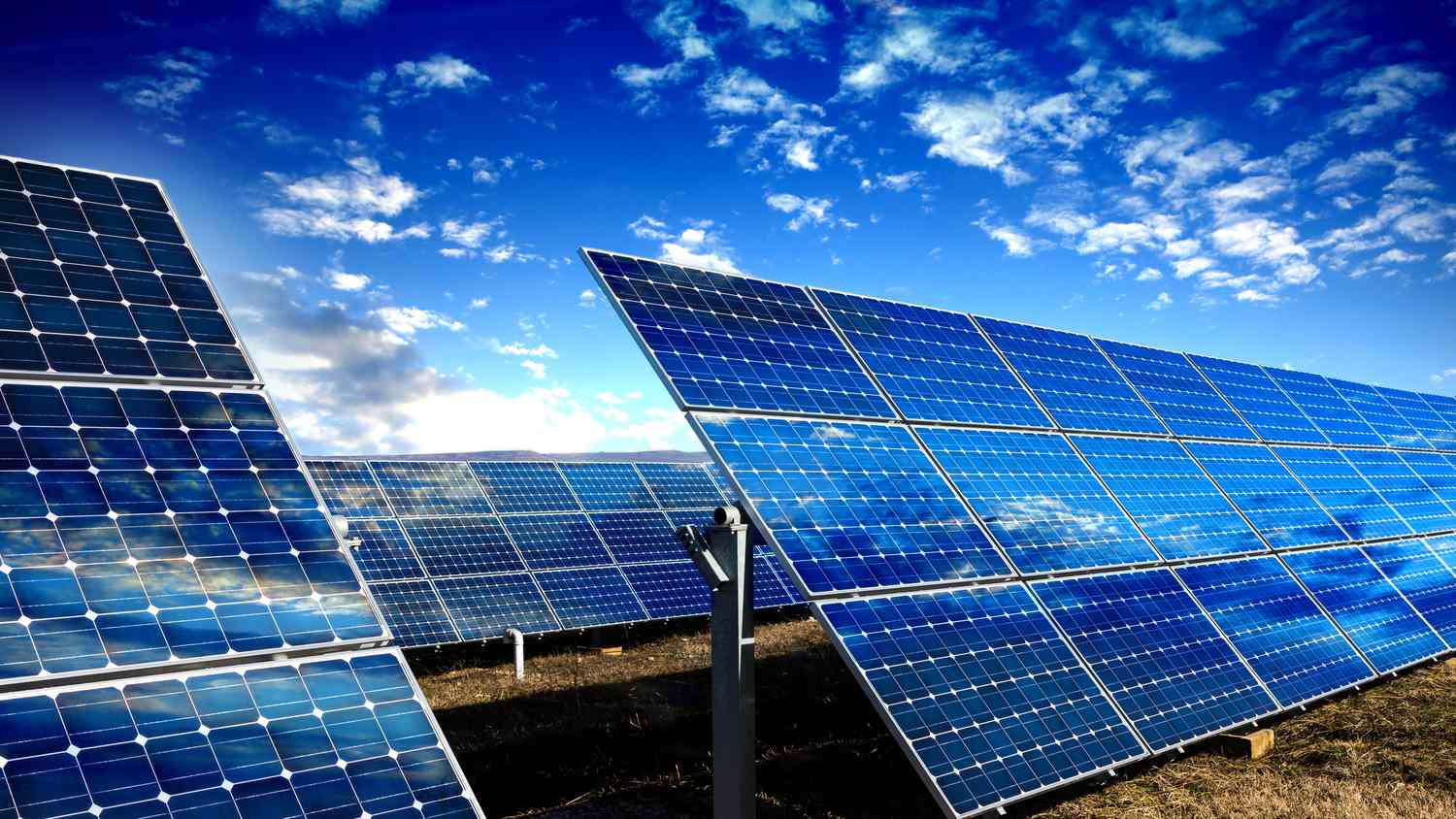With the increasing focus on sustainable and green energy, Haryana is actively encouraging the adoption of rooftop solar power systems. The state government, along with the central government, offers attractive subsidies to make solar power more affordable for homeowners, businesses, and industries. If you’re considering installing a rooftop solar system in Haryana, understanding the subsidy programs available can help you reduce the initial investment and enjoy long-term savings. In this article, we will explore the rooftop solar subsidy in Haryana, eligibility criteria, and the application process.
Table of Contents
ToggleOverview of the Rooftop Solar Subsidy Program in Haryana
The rooftop solar subsidy in Haryana is part of the national initiative to promote clean energy and reduce dependency on non-renewable sources. The government provides financial assistance through the Ministry of New and Renewable Energy (MNRE) under the Grid-Connected Rooftop Solar Program. This initiative helps individuals, communities, and businesses install rooftop solar panels at reduced costs.
Haryana’s commitment to promoting solar energy is evident in its policies and subsidies, which not only help in reducing carbon footprints but also assist in lowering electricity bills for residents and commercial establishments.
Key Features of Haryana’s Rooftop Solar Subsidy
- Central Financial Assistance (CFA)
- Under the MNRE scheme, the central government provides subsidies on rooftop solar installations. The subsidy offered in Haryana is generally 40% for residential installations of up to 3 kW and 20% for systems between 3 kW and 10 kW. For installations exceeding 10 kW, the subsidy may vary based on specific conditions.
- The subsidy is applicable only to solar systems installed by government-approved vendors and service providers.
- State-Level Incentives
- The Haryana State Government also offers incentives to encourage the adoption of solar energy. Some districts in Haryana have additional benefits like concessional rates for net metering services, further reducing the cost of solar installation.
- Additionally, some state programs target specific sectors such as agriculture, helping farmers reduce energy costs by installing solar-powered water pumps.
- Net Metering Policy
- The net metering policy allows solar users to feed excess power generated by their rooftop systems back into the grid. This can result in credit on their electricity bills, further enhancing the financial viability of installing solar panels.
- Haryana Electricity Regulatory Commission (HERC) has made provisions for net metering, allowing consumers to earn credit for surplus energy.
- Loan Facilities and Financial Support
- To further ease the financial burden, Haryana offers subsidized loans in partnership with banks and financial institutions for rooftop solar installations. These loans come with lower interest rates and longer repayment periods, making solar power accessible to a broader section of the population.
Eligibility Criteria for the Subsidy
To avail of the rooftop solar subsidy in Haryana, certain eligibility criteria need to be met:
- Residential Users: Homeowners in Haryana who own the property are eligible for the subsidy. The residential buildings should have a suitable roof area for the installation of solar panels.
- Commercial and Industrial Users: Businesses and industries that want to reduce their electricity costs can apply for the subsidy, provided they meet specific criteria such as a minimum energy consumption threshold.
- Farmers: For agricultural applications, Haryana’s government provides solar-powered pumps for irrigation systems, reducing dependence on electricity and fossil fuels. Farmers can avail of government schemes that offer financial assistance and subsidies.
- Approval of Solar Vendors: The installation must be done by a vendor registered and approved by the Ministry of New and Renewable Energy (MNRE) or Haryana Renewable Energy Development Agency (HAREDA).
How to Apply for the Rooftop Solar Subsidy in Haryana
The process to apply for the rooftop solar subsidy in Haryana is straightforward and can be completed online or through designated channels:
- Online Application: Applicants can visit the Haryana Renewable Energy Development Agency (HAREDA) website or the official MNRE portal to submit the application. These platforms provide an online application form that asks for basic details, including the location, type of property (residential or commercial), and the desired capacity of the solar system.
- Documentation Required:
- Proof of identity (Aadhaar card, voter ID)
- Proof of property ownership (sale deed or property tax receipt)
- Electrical load requirement details
- Bank account details for subsidy transfer
- Site Survey and Vendor Selection: After the application is submitted, a site survey is conducted by a registered solar vendor to assess the feasibility of the installation. The vendor will suggest an appropriate solar system size and layout. Once the proposal is accepted, the vendor will handle the installation process.
- Approval and Installation: After approval from the concerned authorities, the system will be installed. The subsidy amount will be credited either directly to the applicant’s account or adjusted in the final invoice, depending on the terms.
- Monitoring and Performance: After installation, the performance of the solar system is monitored by the vendor or HAREDA to ensure it operates efficiently. Regular maintenance and cleaning may be necessary for optimal functioning.
Benefits of Installing a Rooftop Solar System in Haryana
- Reduction in Electricity Bills: One of the main advantages of installing a rooftop solar system is the significant reduction in monthly electricity bills. By generating your own electricity, you reduce your dependence on grid power and pay only for the power you consume beyond the system’s capacity.
- Environmental Impact: Solar energy is clean, renewable, and environmentally friendly. By opting for a solar-powered system, you contribute to reducing carbon emissions and promoting sustainable energy solutions.
- Increase in Property Value: Homes or commercial properties equipped with solar panels are likely to see an increase in value. With solar power being an attractive feature for future buyers, your investment in solar energy may yield higher returns when you decide to sell or rent your property.
- Energy Independence: By generating your own electricity, you become less dependent on conventional energy sources, ensuring a steady and reliable energy supply, especially during power outages or disruptions.
- Long-Term Savings: Though the initial investment may seem high, the long-term savings on electricity bills and the low maintenance costs of solar systems make it a wise financial investment. The average payback period for rooftop solar installations is typically 4-6 years, after which you can enjoy free electricity for several years.
Conclusion
The rooftop solar subsidy in Haryana is a great initiative for both residential and commercial consumers looking to adopt renewable energy solutions. By taking advantage of the available subsidies and incentives, Haryana residents can make the transition to solar energy more affordable and cost-effective. With the additional benefits of net metering, low maintenance, and environmental sustainability, solar power is not just an investment in energy but also in the future. If you’re considering rooftop solar for your home or business, it is advisable to explore the available subsidy programs and reach out to an authorized solar installer to make the most of these financial incentives. Contact us Today!









